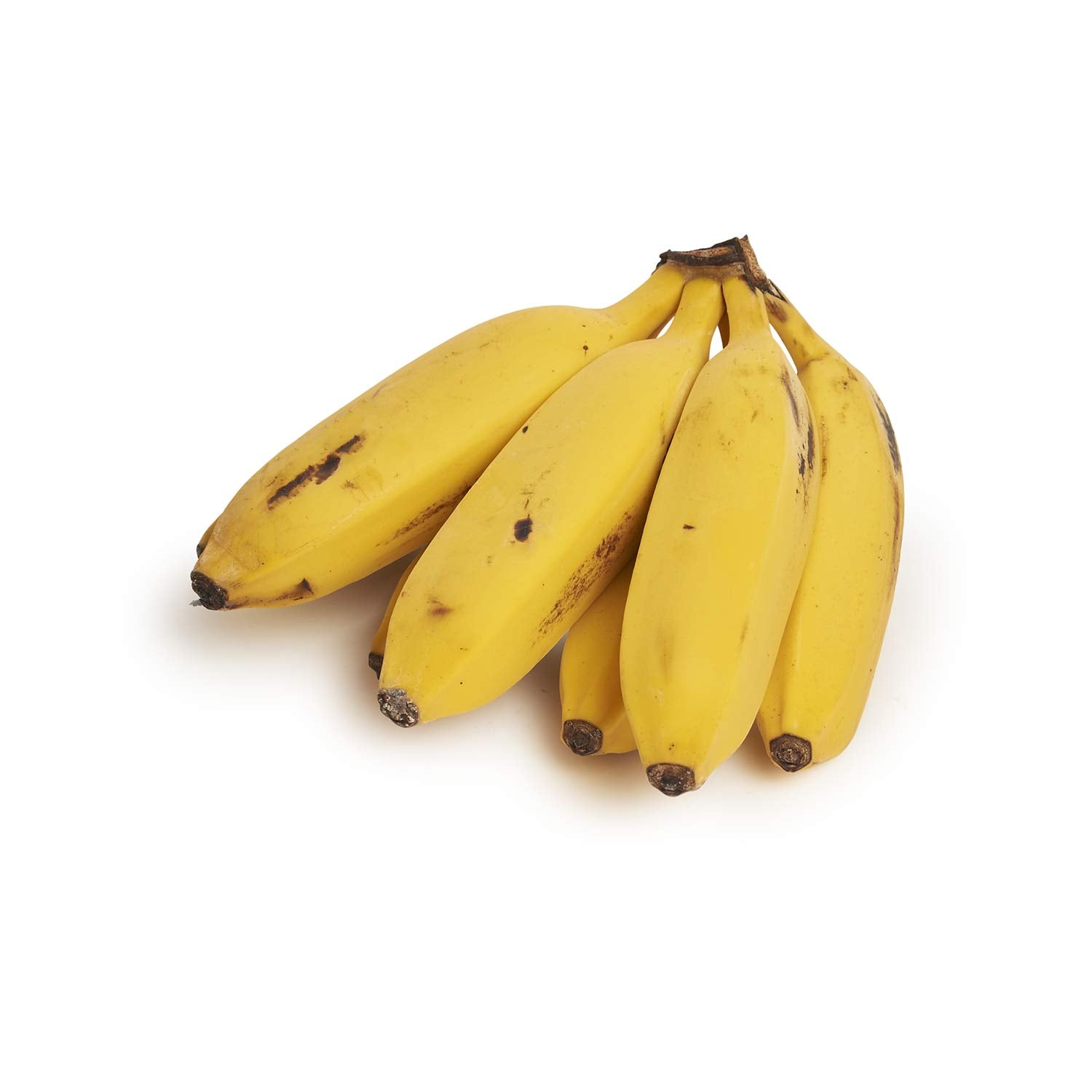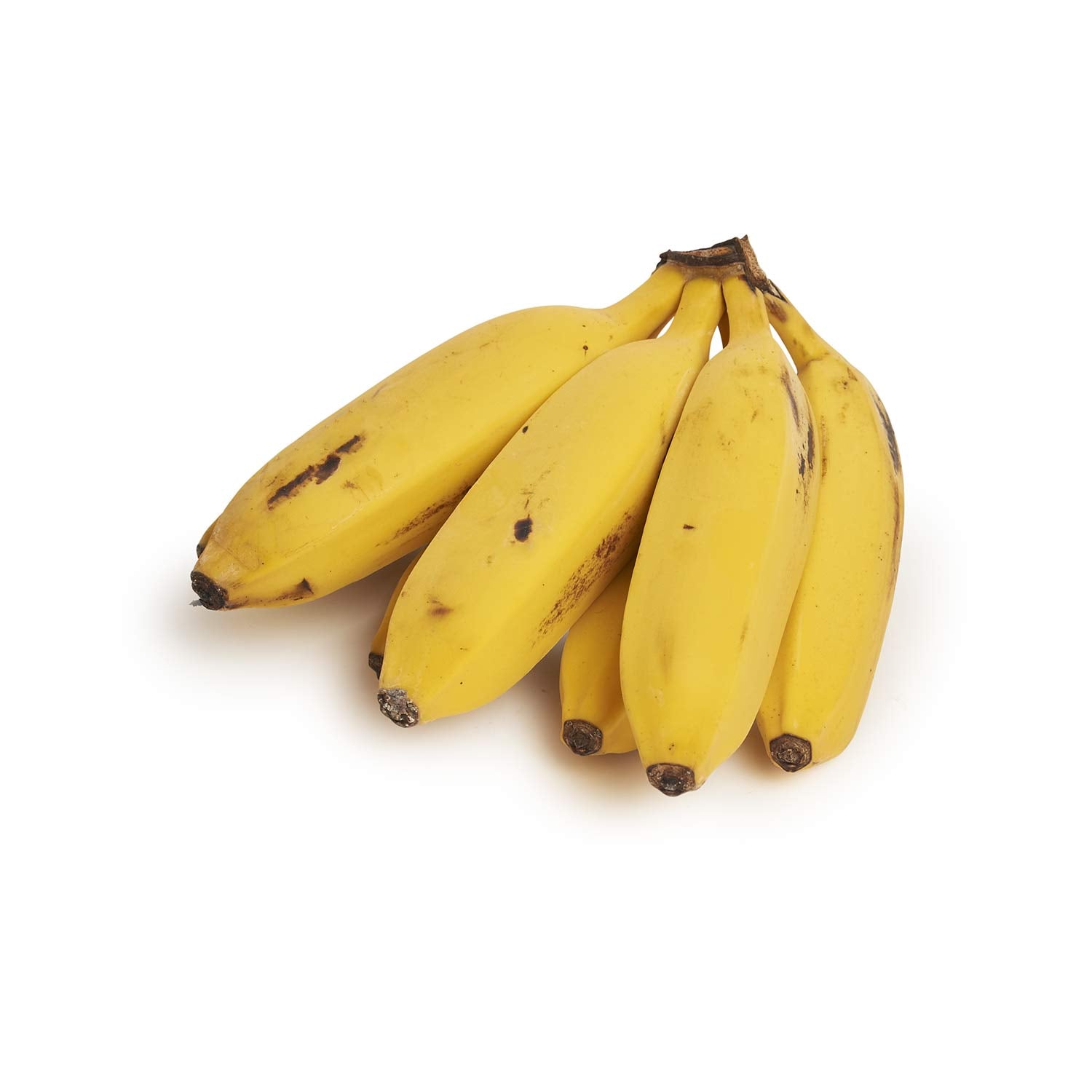Banana- Improved Australian Lady Finger
- Regular price
-
$60.00 - Regular price
-
- Sale price
-
$60.00
Couldn't load pickup availability
The Improved Australian Lady Finger is an excellent choice for your garden, offering both sweetness and versatility. This variety produces small yet exceptionally sweet fruits, making it a delightful and productive addition to any green space. Standing at a modest 3-4 meters in height, this plant is well-suited for those seeking a manageable yet rewarding gardening experience. The small size of the fruits doesn't compromise on flavor; in fact, it enhances their sweetness, making them a delectable treat.
One of its noteworthy characteristics is its hardiness, making it well-suited for the warmer parts of New Zealand. Flourishing in a warm and sheltered environment, this plant thrives when exposed to sunlight, emphasizing its preference for a sunny position. To ensure optimal growth, providing well-drained soil is essential, as this lady finger variety is known to be a "gross feeder," absorbing nutrients generously from the soil.
Banana Plant Care Tips
-
Sunlight: Banana plants thrive in full sun, so it's best to plant them in an area that receives at least 6-8 hours of direct sunlight per day.
-
Soil: Banana plants prefer well-drained soil that is rich in organic matter. A pH range of 5.5-7.0 is ideal for optimal growth.
-
Watering: Banana plants require regular watering, especially during the growing season. Keep the soil moist, but not waterlogged. Overwatering can cause the roots to rot.
-
Fertilizer: Banana plants are heavy feeders and require regular fertilization. Apply a balanced fertilizer every 4-6 weeks during the growing season.
-
Mulching: Mulch around the base of the plant to help retain moisture and suppress weeds.
-
Pruning: Remove any dead or damaged leaves and suckers (smaller offshoots that grow from the base of the plant) regularly. This will help promote healthy growth and prevent disease.
-
Pests and diseases: Banana plants are susceptible to a variety of pests and diseases, so it's important to monitor the plant regularly for any signs of infestation or disease. Common pests include aphids, spider mites, and mealybugs, while common diseases include Panama disease and Sigatoka leaf spot.
-
Harvesting: Bananas are typically harvested when they are fully ripe and the skin is yellow. Cut the bunch off the plant with a sharp knife and allow the fruit to ripen further at room temperature.




